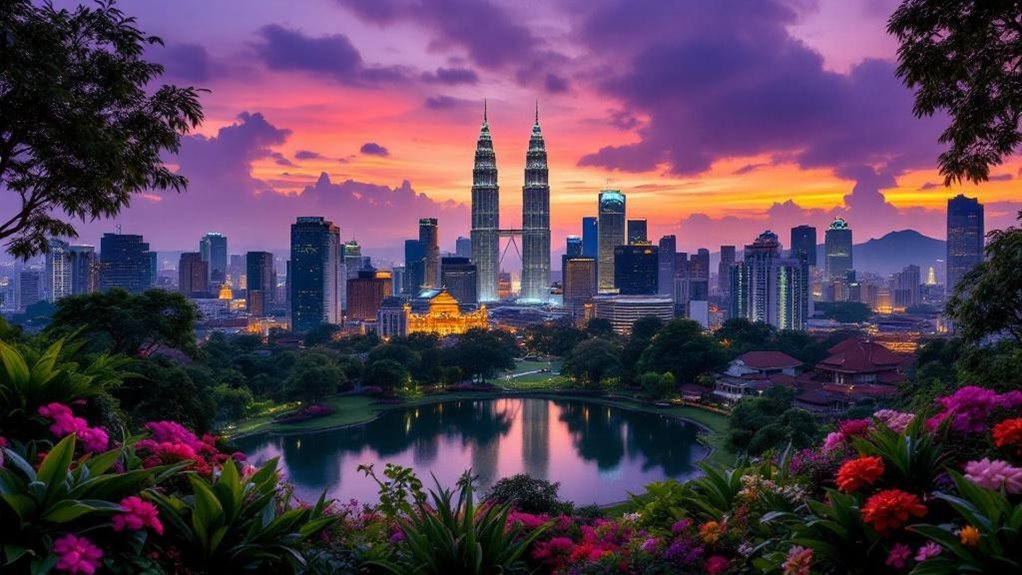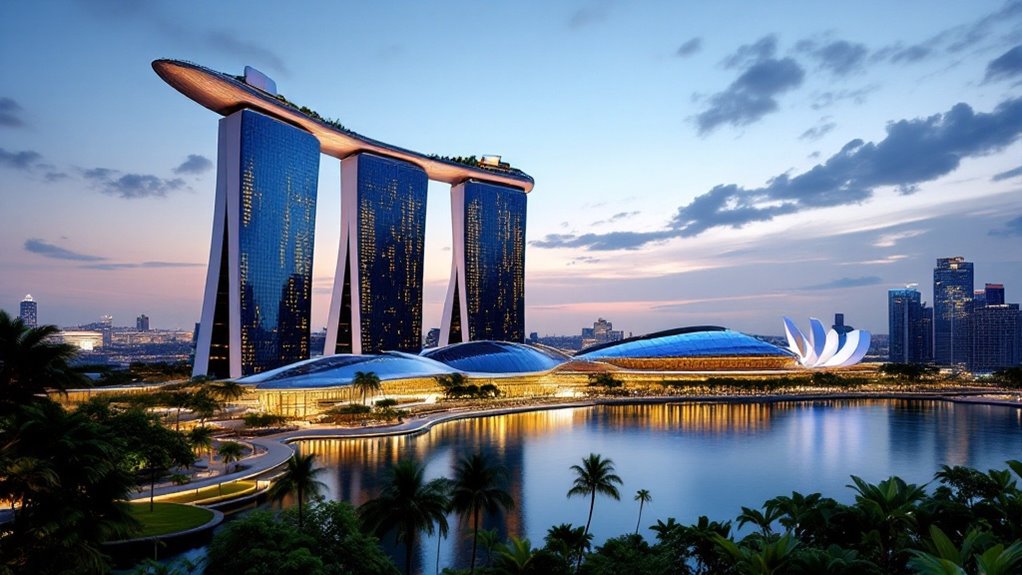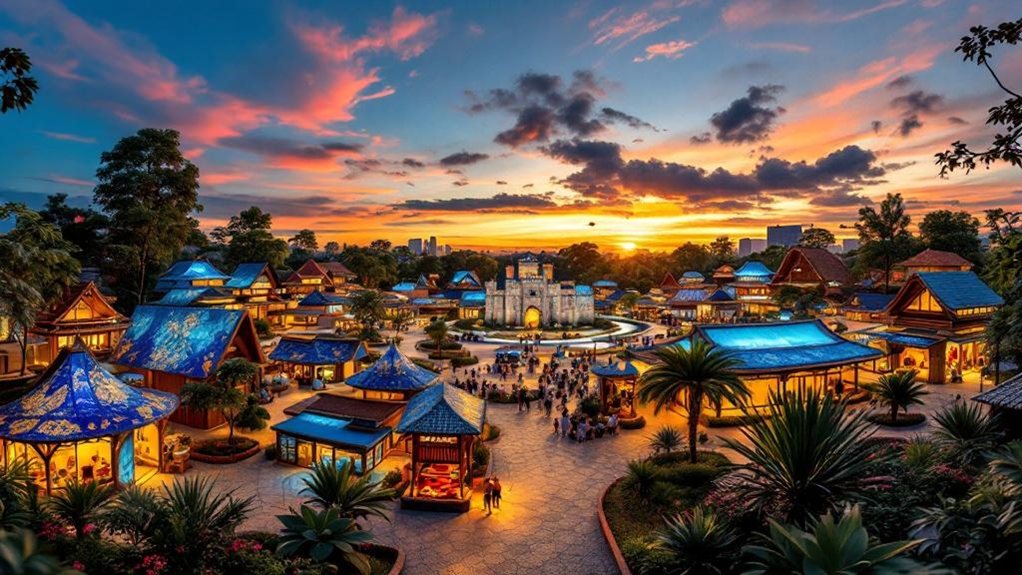Ho Chi Minh City marks fifty years since reunification as Vietnam’s largest commercial and cultural hub, boasting robust infrastructure, a thriving industrial sector, and a strategic location near the Mekong Delta. The city’s rapid growth, rooted in historical resilience and adaptability, enables leaders to pursue innovative urban development beyond established norms. With significant investment in education, technology, and tourism, Ho Chi Minh City positions itself to redefine urban progress in Southeast Asia; further exploration reveals how these efforts unfold.
Although its name and skyline have changed dramatically over the past five decades, Ho Chi Minh City remains a central force in Vietnam’s historical, political, and economic landscape. Located along the Saigon River, just north of the Mekong Delta and about 50 miles from the South China Sea, the city’s roots extend to a time when the area was part of the kingdom of Cambodia. Vietnamese settlers first arrived in the 17th century, and by the 18th century, French traders and missionaries had established a presence. The city fell under French control in 1859, officially becoming part of France in 1862, and was rapidly transformed into a major port and metropolitan center characterized by villas and public buildings that reflected European architectural styles.
Ho Chi Minh City played a significant political role as the capital of the French protectorate of Cochinchina from 1862 until 1954, and later as the capital of South Vietnam, until reunification in 1975. Throughout this period, it was a focal point for anti-colonial movements and the Vietnam War, with major battles and historic events shaping both the city and the nation. The fall of Saigon in 1975 marked the end of the war and the beginning of a new era as the city became an integral part of a reunified Vietnam. After this turning point, the city experienced significant administrative changes under the new government, which impacted its economic and social structure. The city’s renaming to Ho Chi Minh City after 1975 reflected the influence of one of the most influential communist leaders of the 20th century.
A historic epicenter, Ho Chi Minh City witnessed war, revolution, and reunification, shaping the destiny of Vietnam through turbulent decades.
As the largest commercial hub in the country, Ho Chi Minh City drives Vietnam’s economy through significant export and import activities, particularly in rice and manufactured commodities. The city boasts extensive infrastructure, including airports, seaports, and road networks to support growth. Its industrial sector, particularly in manufacturing and technology, has expanded rapidly, while tourism continues to attract global visitors.
Culturally, the city is distinguished by its historic landmarks like the War Remnants Museum and Cu Chi Tunnels, a diverse food scene, and a calendar full of festivals and celebrations. Investment in education, technology, and urban planning underscores the city’s readiness to innovate and adapt, positioning Ho Chi Minh City as a dynamic metropolis prepared to define its future trajectory beyond its first fifty years.









